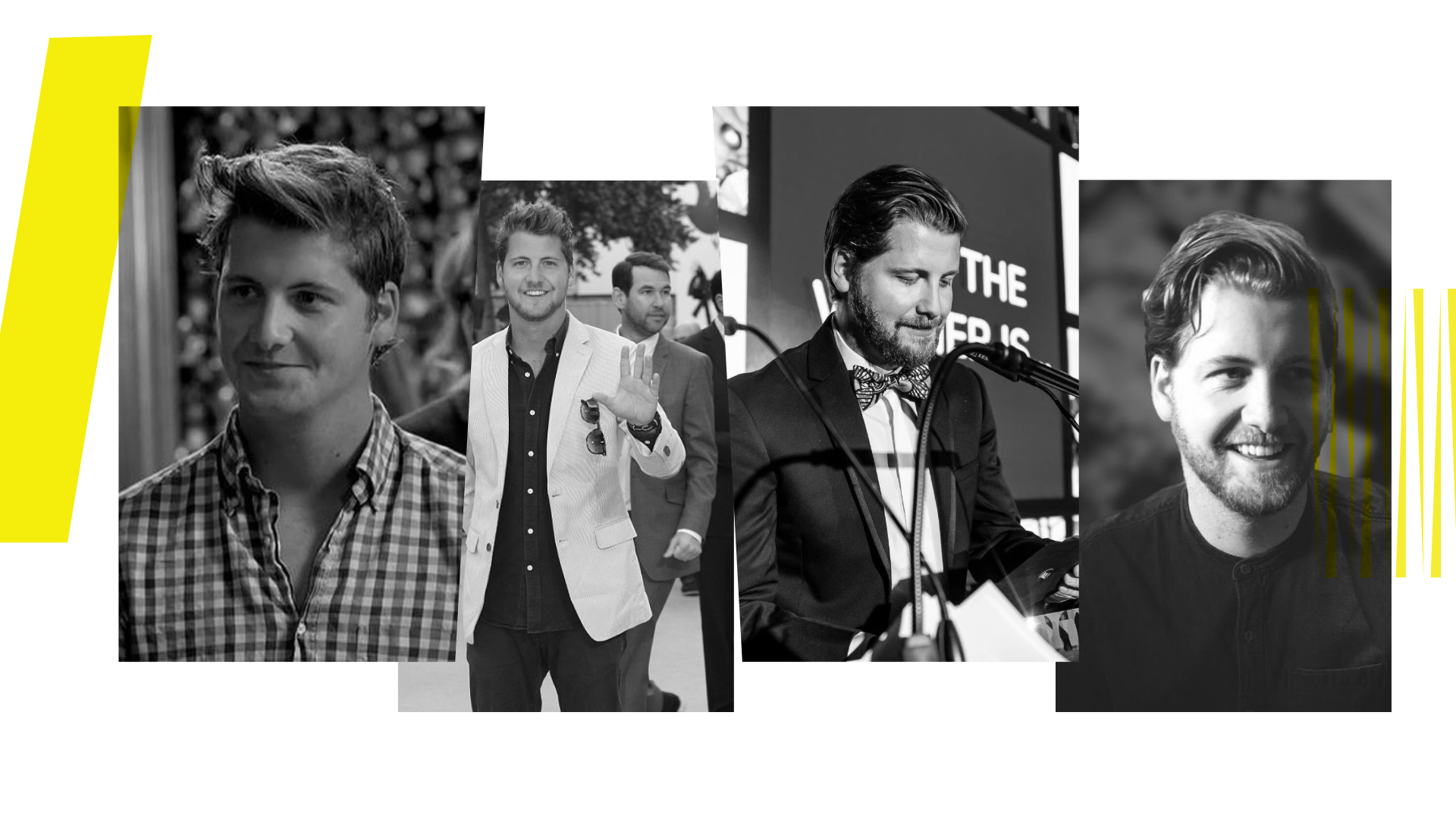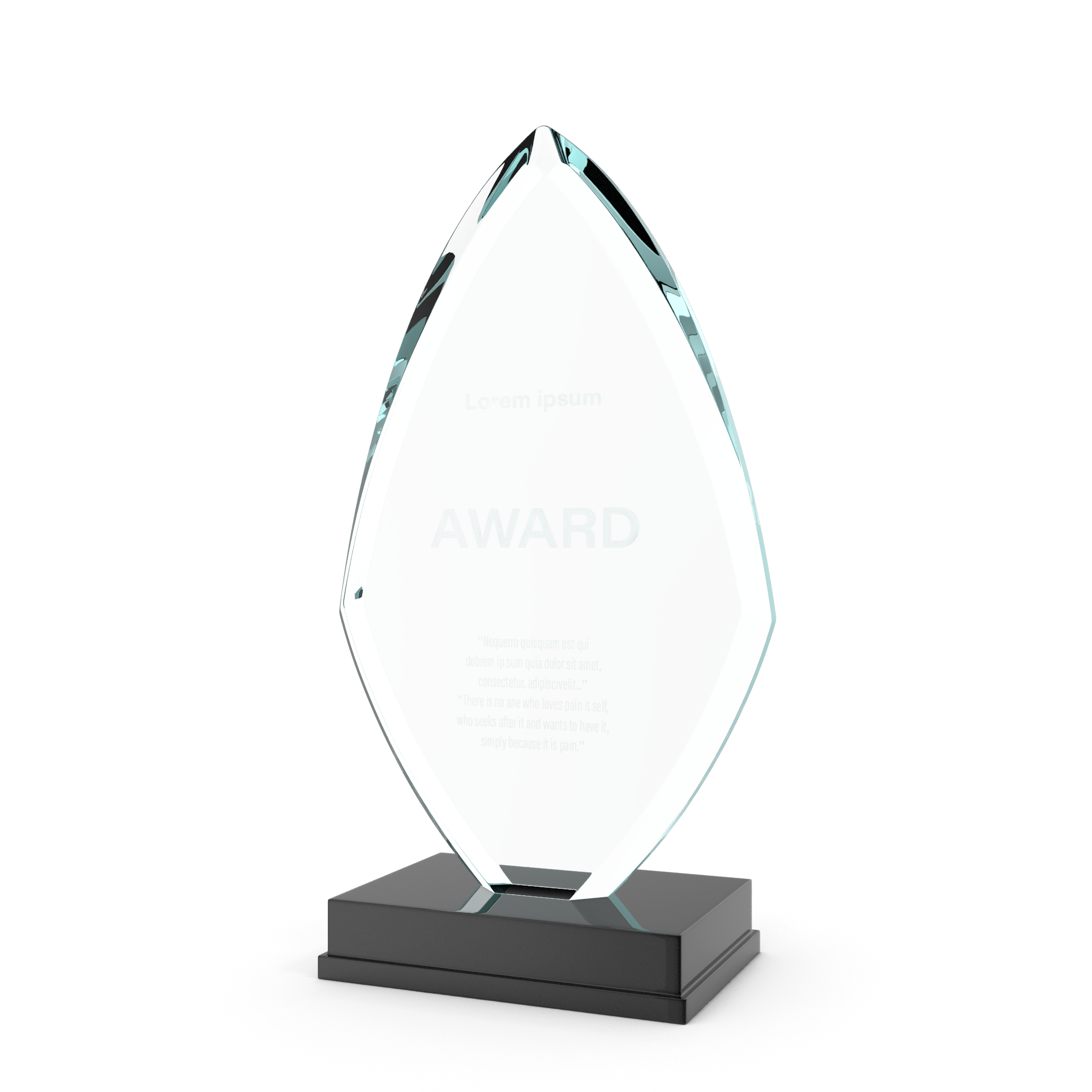


Here, our Chairman Tina Judic speaks to Stevie about his journey into the space, the highs and lows of celebrity, and the disruption he is making in the world of influencer marketing.
“Influencer marketing is not about endorsements and product placements. It’s not about likes and comments. It’s about connecting to people in an authentic manner.”
Stevie, welcome. We’re here today to talk about all things Stevie Johnson – from private financing, via Made In Chelsea, to being an influencer marketing disruptor. You have a real affinity with the space – tell me why it’s so important to you.
Hi Tina, great to be here. I do indeed! Influencer is in my blood and it’s something I care passionately about. I get frustrated with agencies talking about influencer marketing as endorsements and product placements. It’s not about likes and comments; it’s about so much more. It’s about connecting to people in an authentic manner. It frustrates me when agencies out there are pedalling this false narrative, pulling the wool over brands’ eyes. It’s about peer-to-peer recommendations. It’s about making an audience feel something; to want to take action. It’s not about brands demanding attention, but commanding attention. And that’s what I’m steering with Disrupt.
Not a fan of pretenders then? Or those who see influencer as a gimmick, a fad – a channel that won’t be around for long?
Influencer marketing is true peer-to-peer recommendation. It’s about connecting communities and audiences who bond on multiple levels. An influencer – or content creator – can’t make people buy things just because they say they should. Their word will only be viable for those who connect with the individual and with the brand. If a brand wants influencer marketing to be an effective and results-driven channel, they need to connect with the right audiences, the right influencers, and share similar values. Badly managed influencer campaigns are a vanity activity. Well managed, they are a high-flying performance channel.
“Badly managed influencer campaigns are a vanity activity. Well managed, they are a high-flying performance channel.”
Let’s take a step back, how did you get into the space in the first place and find yourself spearheading the industry?
Where to begin!? Let’s just say my background is unique. Straight out of university, I went down the corporate route, landing a job in wealth management at Barclays. That was me set for life, or so I thought. However, 6 months later, I was approached for the second time to join Made In Chelsea, which had been running for a year and had started to gain serious traction in the UK. A few weeks later, I was in St. Tropez with one of my best friends kicking off the new season and rode the wave as the show soared in popularity over the next few years. For 3 years I lived the dream – at least the dream for a boy in their mid-20s! I had the time of my life, but I was living in a bubble and deep down I always knew it wasn’t sustainable for the long-term so I bowed out after 7 seasons.
“A few weeks later, I was in St. Tropez with one of my best friends kicking off the new season and rode the wave as the show soared in popularity over the next few years.”

You decided to leave Made In Chelsea and pursue a career in creativity and influencer. What did you learn from your time on TV that enabled you to make such a success of it?
When I left reality TV after a successful stint on camera, I was at a crossroads in my life. Well educated, still only 26, but had I closed more doors than I’d opened for my future? There was no way I could go back into the world of private finance and, frankly, I didn’t want to.
“When I left reality TV after a successful stint on camera, I was at a crossroads in my life. Well educated, still only 26, but had I closed more doors than I’d opened for my future?”
Messing around with my friends for 3 years over a crucial development phase of my adult professional life – what was next? Sure, I had a blast, aired in over 26 markets, dubbed into numerous languages, filmed a series in New York, picked up a BAFTA. But, professionally, I wasn’t sure where to go next. However, I was in a very fortunate position. I had received valuable insight into a movement that was going to completely disrupt the advertising and marketing world as we know it; social media.
During my time on television, I attracted thousands upon thousands of followers overnight; first on Twitter (in the early days) and then Instagram. I knew the shift to social was happening, and got in there quickly, landing the @stevie handle on Instagram [feel free to drop a follow]. Suddenly I had an engaged fanbase, watching my every move on my social channels, enjoying insight into what was, at the time, an aspirational and interesting life. Through 140 characters or uploading a photo of my night out with friends, I could directly communicate with an audience of engaged followers, and potential consumers.
So, you could see the potential of social media, the potential of influencer marketing and realised that this was a space you could really do something special in?
The term influencer has been around for centuries, but, in the early part of the last decade, this was the real birth of influencer marketing. Savvy brands were quick to jump on board, from well-established players like Sony – who I was an ambassador for (including TV ad voiceovers) – through to emerging brands who were pouring their ad spend into influencers. I became a perfect medium for brands to get their products and their messaging across to their target audience, my audience.
I realised that social media was an area I was highly skilled at, and I had insight into how brands could connect to influencers and consumers. It was a no brainer. I decided that the route forward was not to continue to pursue being an influencer, but to focus on influencing influencer.
What does influencing influencer entail?
Back in 2016, I was one of the first in the space to have this first-hand experience. I could see what it took to connect with audiences through content and communities. And I knew the value that I could bring to the industry – a unique insight and approach of being an influencer on the inside. I know what brands need to do in the space, and I know what influencers want from in return so that they can keep their engaged fanbase on side.
But it’s changed lots since then? What does it mean now?
You’re right, that was influencer marketing then, and it’s changed massively in the last 6 years. From being an unregulated channel seen as the wild west, influencer marketing is now an integral part of the marketing mix, estimated to be worth $25bn by the end of 2022. It’s grown up, and so have I, as I now find myself at the helm of Disrupt. When I came to my crossroads, I never thought that I’d have the opportunity to lead successful strategies for global brands such as Disney, Puma, Huel, Samsung, and many more.
“There has been an explosion of talent across different niches that, through hard work and creative content, have built their audiences from scratch.”
Like many digital marketing channels, the evolution has been quick and drastic. There has been an explosion of talent across different niches that, through hard work and creative content, have built their audiences from scratch. Many are now key drivers of the industry today.
Would I consider myself an influencer in today’s landscape?
Probably, yes. Would I advise brands to work with me the same way that they did back in the early days of influencer marketing. Absolutely not. Whilst my audience is still significant, engagement has dropped, and the fact that people aren’t seeing my face once a week on their television screens means people are less interested in me. Sad times!
Celebrities are useful for those brand ambassador pieces, but nowadays the real value is in the more micro, mid-tier talent; the people with more targeted and highly engaged audiences; the ones that can produce inspiring and relatable content. They are the influencers of today who can really amplify a company’s brand.
What are you doing at Disrupt to make a difference in – or to disrupt – the influencer marketing space?
The most fascinating way the industry has developed now is through our access to data. There is no need any more to throw ad spend blindly at influencers, whom we are seduced by due to their large following numbers. Vanity metrics are a thing of the past.
“There is no need any more to throw ad spend blindly at influencers, whom we are seduced by due to their large following numbers. Vanity metrics are a thing of the past.”
This initial change came through simple audience demographics – geographics, age range, gender. But even this detail is outdated, especially when you look at the level of data companies are able to collate through other more established channels. At Disrupt, we go a step further into audience interests, sentiment, uplift and, of course, performance. We are seeing influencer marketing shift from being a brand awareness into a true performance channel. That’s what I, and Disrupt, are looking to pioneer for the industry – to ensure influencer marketing commands attention and courts accountability. And it’s working. Brands, such as Vinted, TOMS and Peroni keep coming back for more performance, and more disruption!
So, Disrupt is leading the way in holding influencer marketing to account and demonstrating end-to-end delivery. What’s next?
Influencer marketing is a moving beast, and it isn’t slowing down. The metaverse is just one of the next big things for influencer marketing. With a projected value of $800bn by 2024, the metaverse represents an opportunity for brands to capitalise on consumer trends and explore new mediums for consumer engagement. CGI influencers – such as Lil Miquela and Imma – are an example of how the immersive space is evolving. This is only the start – from virtual influencers and NFTs to augmented and virtual realities – influencer marketing isn’t going anywhere. In fact, it’s only just getting started.
A fun and busy space? Fancy stepping back into the of reality TV again?
Ha, I think that time of my life is over. I still post some photos of my life – and am still able to rack up thousands of likes – but I’m very happy being a disruptor in the space. Being in it as a personality, I’m happy for others to carry that mantle forward.
Thanks Stevie.
Want to join the fast-paced revolution of ensuring your brand is front and centre of an audience’s mind? Are you ready to Disrupt?
Get in touch.
AWARD-WINNING RESULTS
TIME AND TIME AGAIN

Digital Growth Award 2020

Great Place to work Award 2020

The Drum Search Awards 2019

Digital Growth Award 2020

The Drum Search Awards 2019